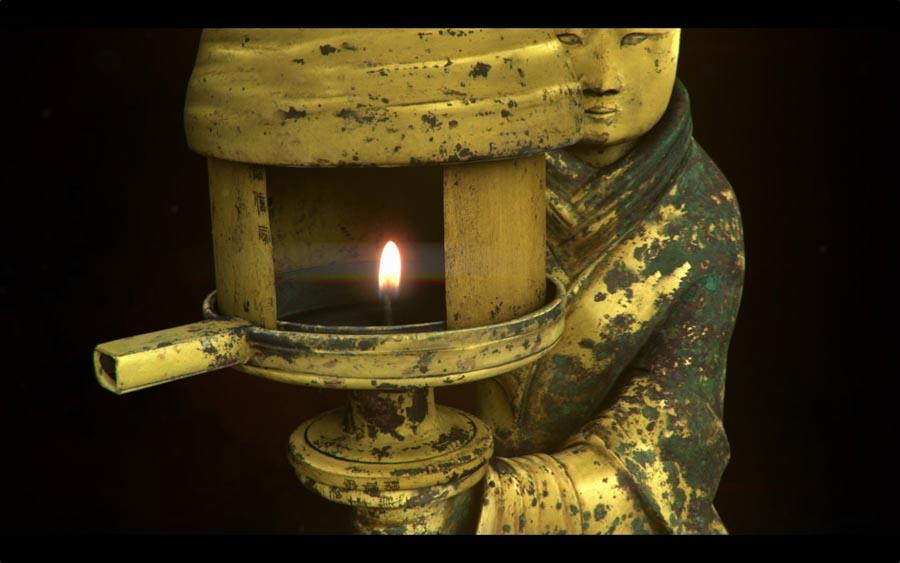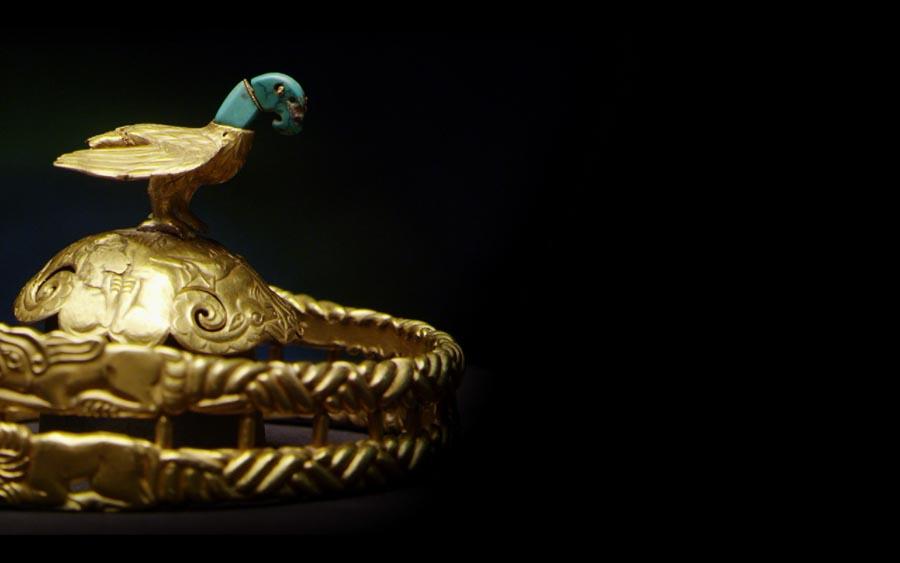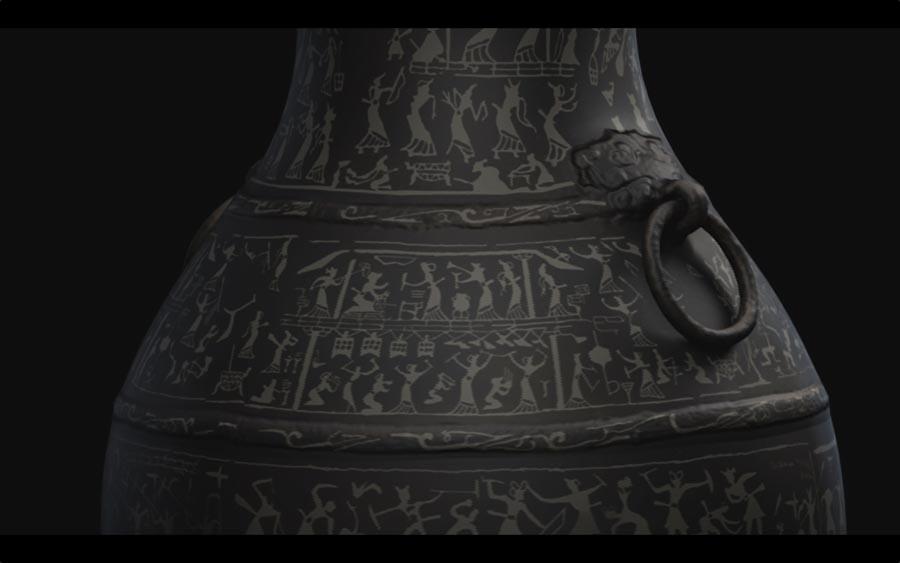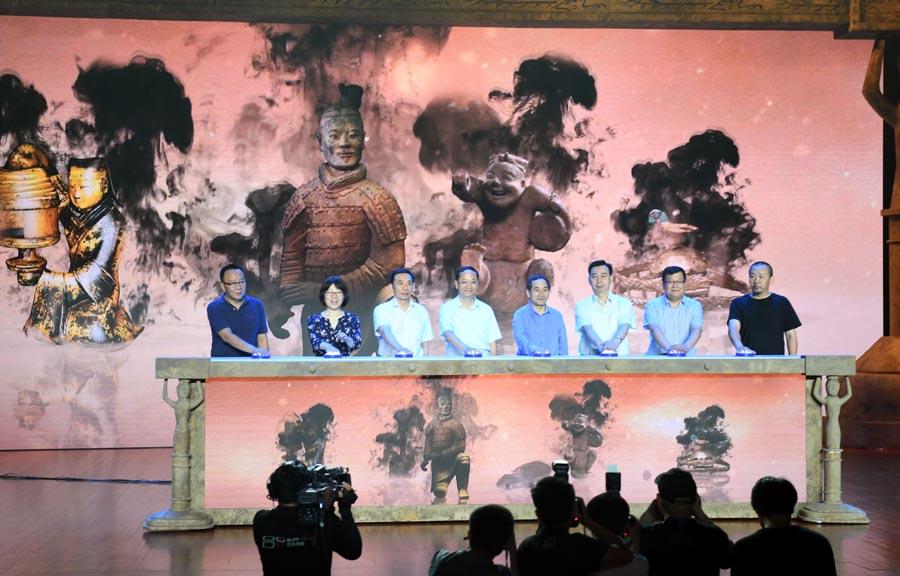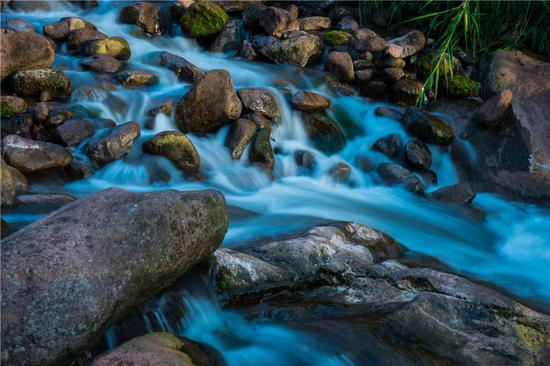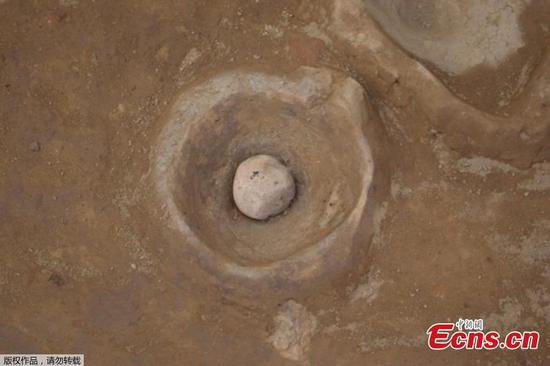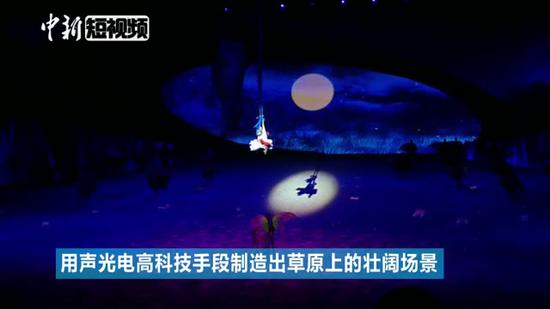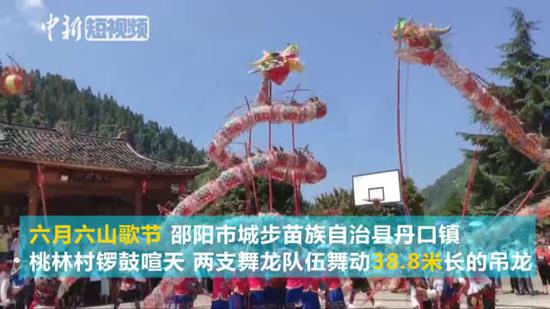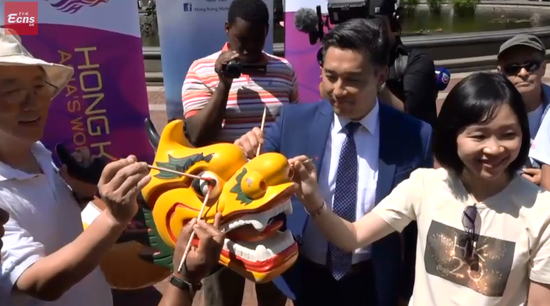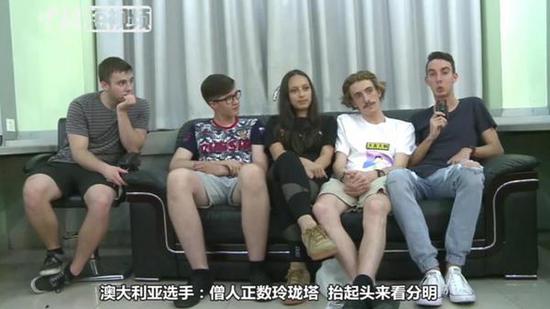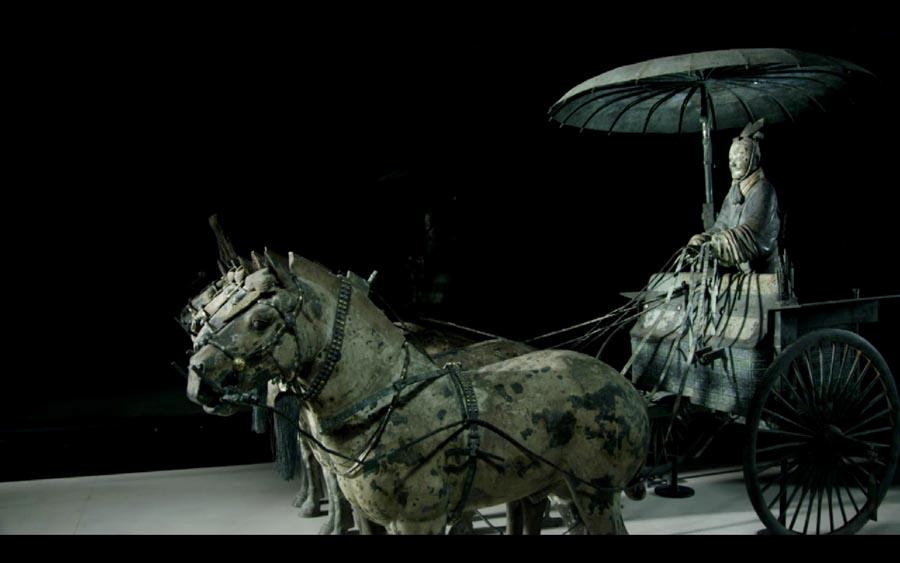
The new season of a documentary series, Every Treasure Tells a Story, will show the stories behind the artifacts from three periods in imperial China.
When director Pan Yi visited the Hebei Museum in 2016, she saw the Changxin Palace Lamp for the first time. The gilded bronze lantern-unearthed from a tomb in 1968 that was buried with a vassal king's wife over 2,000 years ago-is one of China's most well-known artifacts.
"For a moment, time seems to have stopped moving forward. The lamp really looks like a young maid in the Western Han Dynasty (206 BC-AD 24) who is kneeling down to serve her master," Pan, 34, said during a news conference in Beijing on July 13.
"I was very curious about what 'she' had seen in the palace and what 'she' would think about the modern world if 'she' could come alive," she added.
This interesting idea reflects the inspiration for Every Treasure Tells a Story, a documentary series helmed by more than 10 directors including Pan that tells the stories of 100 artifacts selected from 3.8 million exhibits from nearly 100 museums across China.
The series, which saw its first season of 25 episodes air on China Central Television's documentary channel in January, will start its second season-also consisting of 25 episodes with each running for five minutes-on the same channel from Monday. Each episode focuses on a single artifact, and the series will eventually run to 100 episodes.
Thanks to its lighthearted tune and breezy narration style, the first season proved a hit with younger audiences, scoring a rating of 9.5 points out of 10 on Douban, a popular review site. (Photo by Jiang Dong/China Daily)
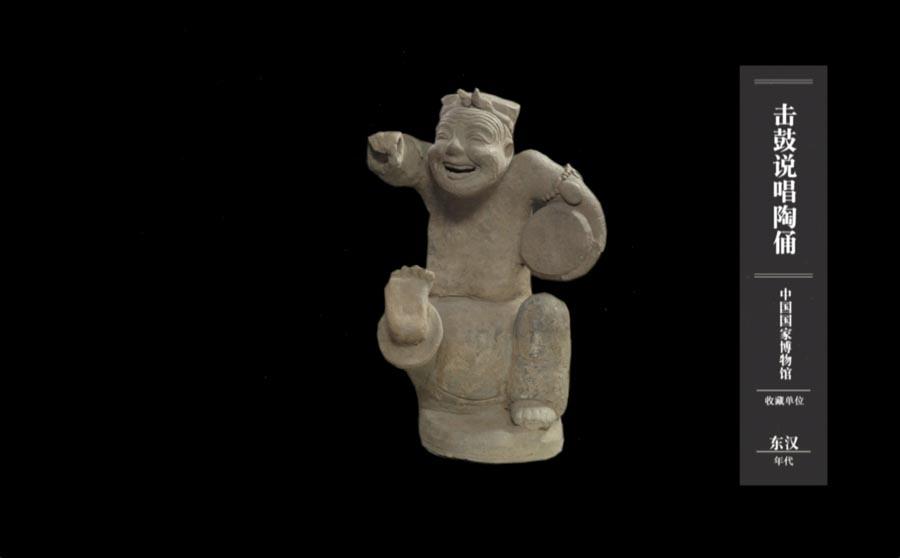
Compared to the first season, where the oldest artifacts date back to between 5000 BC and 3000 BC, the second season is slightly closer to the present day, covering the Warring States Period (475-221 BC), the Qin Dynasty (221-206 BC) and the Han Dynasty (206 BC-AD 220).
Speaking about the characteristics of these dynasties, Xu Huan, head of the directors' team, says: "Those were very creative and imaginative times. You can see a lot of innovation across multiple fields, from political systems to their cultural products and technology. They laid out the foundations of civilization for the following 2,000 years."
Aside from pottery, jade and bronze-the main materials used for making artifacts in the first season-the forthcoming season will cover the rapid expansion in the development of products during that era, such as lacquerware, stone sculptures, bamboo scripts and brocade, adds Xu.
She also believes the documentary will act as a reference point that will help guide the audience through the different periods of Chinese history and civilization.
Aiming to appeal to younger audiences used to more entertainment-based content, the series employed some advanced techniques during the production process, such as three-dimensional scanning techniques and 8K-resolution filming, the latest technology for capturing ultra high-definition sequences, says Zhang Ning, deputy editor-in-chief of China Central Television.(Photo by Jiang Dong/China Daily)
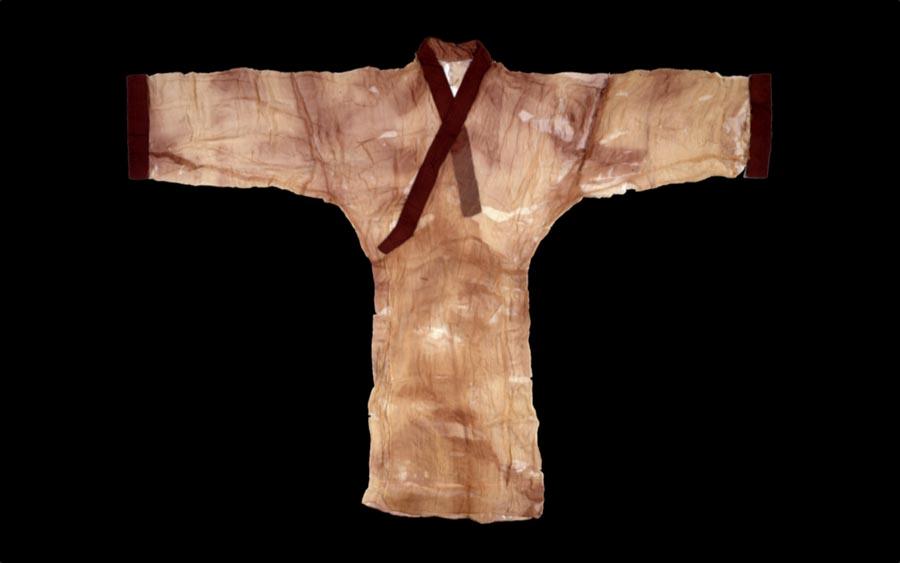
Zhu Jie, who directed several of the episodes, used stop-motion animation techniques to unfold the backdrop stories about The Gold Crown With an Eagle Perched on Top, the subject of the first episode of the second season.
Unearthed in the Inner Mongolian autonomous region in 1972, the centuries-old symbol of power was buried with a nomadic tribal ruler in China's northern prairies. Weighing 1,394 grams, it is the only crown of its kind ever to be discovered by archaeologists.
For the hundreds of years between the Qin and Han dynasties, emperors in the Central Plains fought wars with the northern tribes, causing innumerable deaths and injuries. Unwilling to recreate this dark chapter in history in a realistic, bloody way, Zhu asked a friend at a fine arts school to create puppets to shoot scenes about the conflict in the form of an animated short tale.
Up to 20 centimeters tall, the puppets were painted like nomadic warriors.
"It took us more than two months to finish the episode, making it the longest one I've made for the series," says Zhu.
A fan of Chinese culture, Zhu adds that he has been amazed by the depth of the ancient Chinese civilization during the making of the series. One of the items that impressed him the most was an ancient plain silk gauze garment, the subject of the 17th episode. Weighing just 48 grams, the light and transparent robe was discovered in Changsha's Mawangdui Tombs, which dates back to the Western Han Dynasty (206 BC-AD 24). The garment was buried with Xin Zhui, the wife of a prime minister of the Changsha Kingdom, a vassal state under the Han court.
"I was told the garment could fit into a matchbox. Experts nowadays have spent many years trying to make a replica of the robe. It's incredible to imagine that Chinese craftsmen had mastered such intricate silk-weaving skills more than 2,000 years ago," says Zhu.
The documentary is set for international release. According to Xu, the first season has already been translated into eight languages, including English, French, Spanish, Italian and German.(Photo by Jiang Dong/China Daily)








